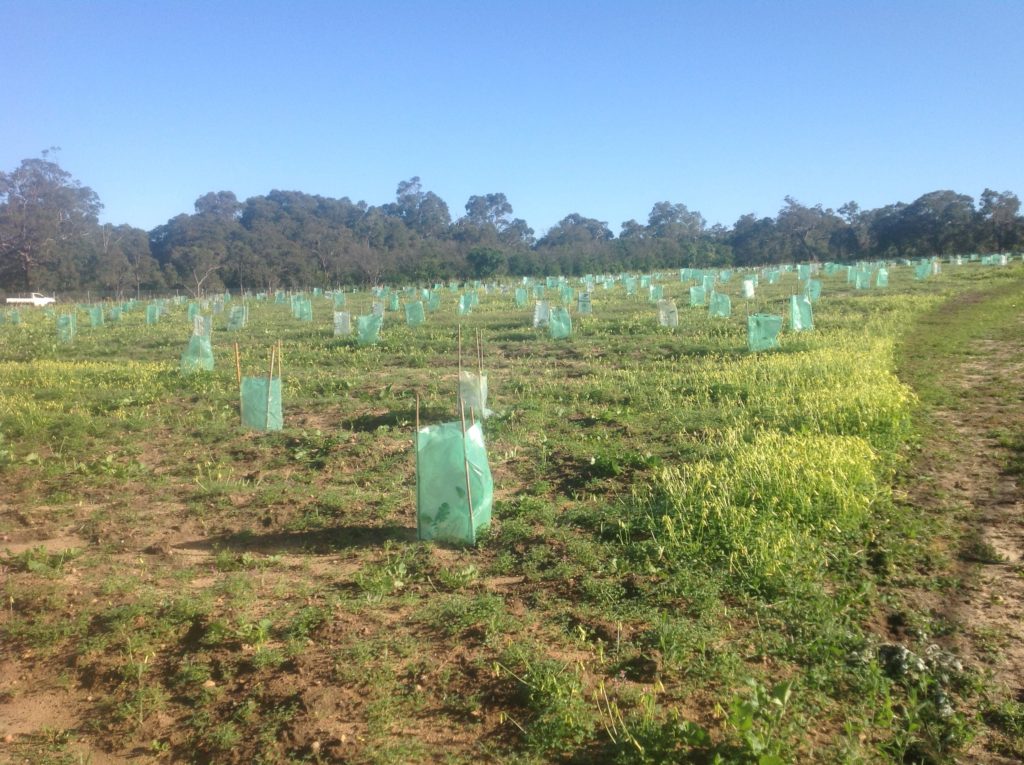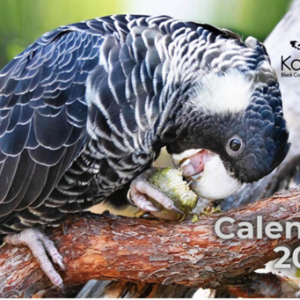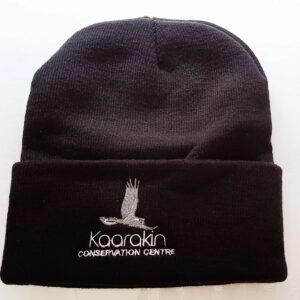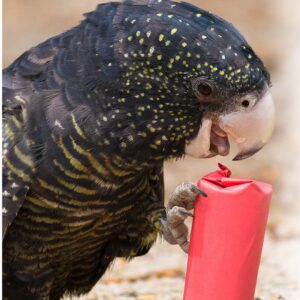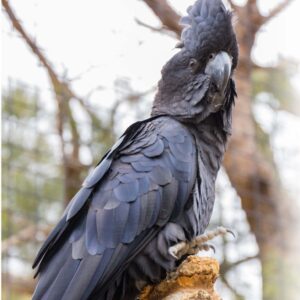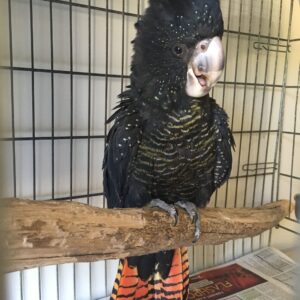The Black Cockatoo Conservation Centre at Kaarakin cares deeply about the loss of habitat of our endangered cockatoos and other wildlife.
We are involved in the restoration of habitat in our area that will provide black cockatoos with some of the nesting, foraging and roosting sites that have been lost and degraded over recent decades by urban sprawl.
Human activity has had a massive and detrimental impact on black cockatoos in recent decades. Habitat loss and fragmentation remains the key threat facing all three species of black cockatoos in south west Western Australia.
Eighty seven percent of the Carnaby’s habitat has been cleared since the settlement of Europeans, with most of their wheat belt breeding range being cleared and most areas of coast plain being developed and significantly fragmented. All that remains of substantial habitat is the thin strip of the Darling Plateau.
Black Cockatoos have three critical habitat types, they are foraging sites – where they feed, roosting sites – where they sleep and breeding sites – where they breed. There are all important sites and often do not overlap. All these habitat types are becoming increasingly rare as urban sprawl continues and areas that are left are now largely fragmented. These Black Cockatoos may find a breeding site, but if there is not a foraging site within a maximum of 12km away, they will be unable to successfully raise their young. Preservation of all critical habitat types is vital in order to protect black cockatoos.
Habitat loss take several forms:
- Land clearing for urbanisation and agriculture is the most significant and the catastrophic issue.
- Habitat loss from invasive species of plants and animals. These can degrade habitat, which alters the amount of suitable habitat available and increases competition for resources.
- Areas of human development in close proximity to critical habitat types may make these sites undesirable to Black Cockatoos.
- Introduced timber plantations have cleared and replaced Black cockatoo foraging and nesting sites. While some species may utilise these sites to forage (Carnaby’s in pine plantations feed on pinecones) they are eventually cleared, often with no revegetation, further taking away foraging areas.
- Stock grazing, which robs natural forest environments of the new seedlings and young trees that are desperately needed to replace old trees that naturally die over the course of time.
Due to habitat loss, and therefore loss of food supply, black cockatoos are struggling. Kaarakin is involved in the direct revegetation of over 150 acres of old orchards and farmland around the centre in the Perth Hills. The species being planted, once mature, will provide feed, nesting and roosting sites for black cockatoos.
These projects are possible, thanks to funding support and also to a legion of volunteers who weed, prepare, plant, mulch and bag the trees.
Gardening Australia visits Kaarakin to learn about some of our revegetation projects.
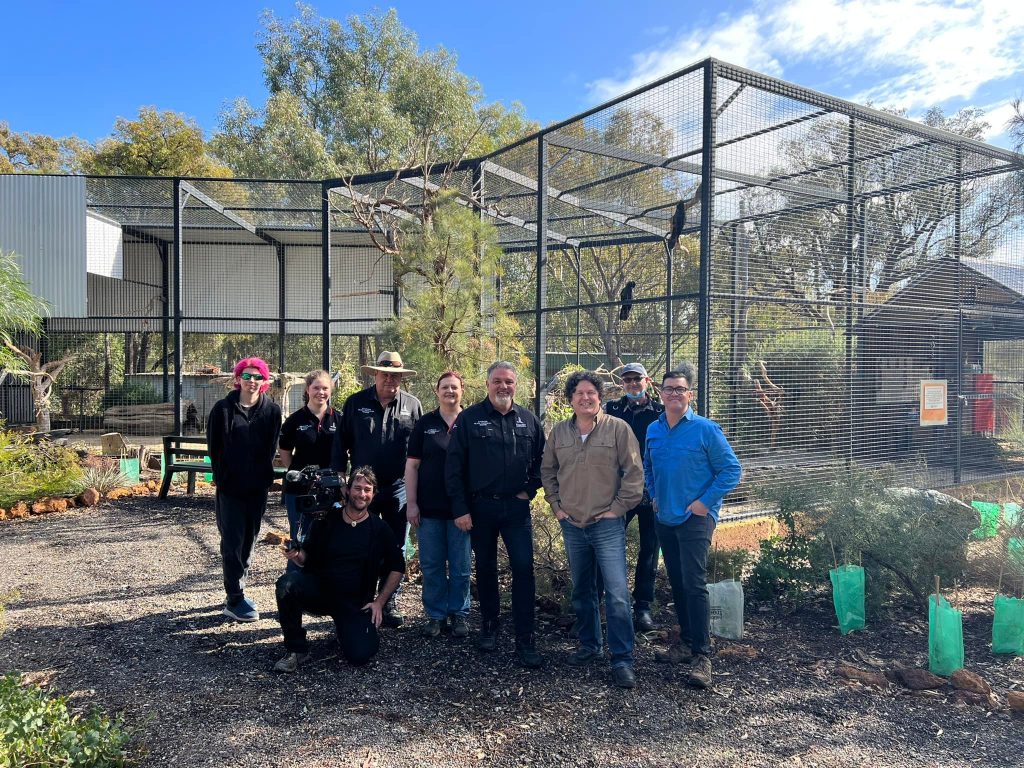
https://www.abc.net.au/gardening/how-to/caring-for-cockatoos/101561768
Planting is done June/July whilst the soil is moist and the winter rains ensure seedlings are established before the onset of summer. Weed control in the first few years is important, lest they overwhelm and choke the new seedlings. However, once established, the new trees will go on to dominate the area and establish into mature trees providing food and habitat for a range of animal species including our precious black cockatoo.
Areas being re-established with planting by Kaarakin are important – known as peri-urban areas. These are on the perimeter of suburbs and are the last frontier before birds hit the coastal plan and there are ever dwindling foraging and roosting sources.
Want to help out? We need you! Contact us and find out when the next activity/work day is.
